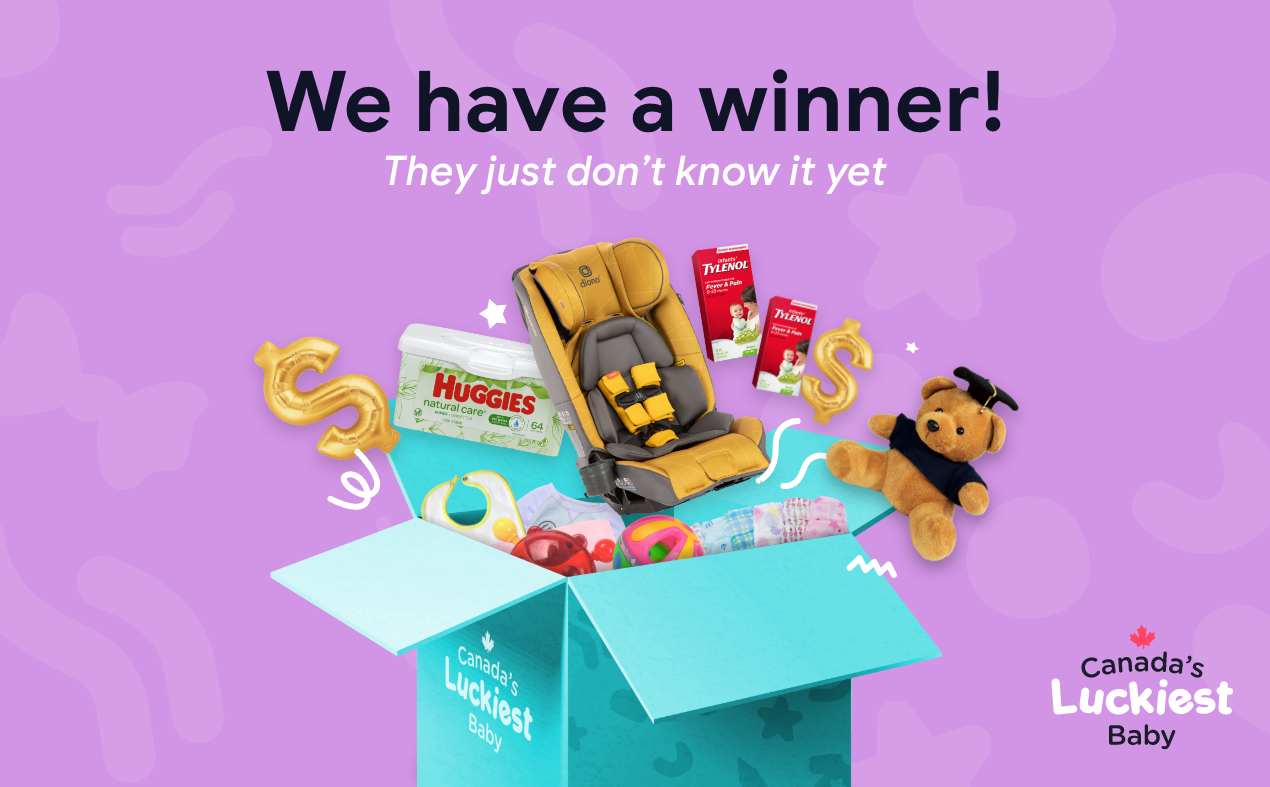Staring at a sea of pacifiers, I realized I had no idea which one was best. There were no less than twenty types, each claiming to be the best one on the market. I knew I wanted a pacifier that had a natural shape because I was breastfeeding. My eye was drawn to the fun designs on the newborn NUK pacifier but before I made my decision, I decided to do a little research.
Does my baby need a pacifier?
Pacifiers satisfy a baby’s natural need to suck by providing a calming, and comforting sensation. They soothe baby, especially while they’re still getting used to a car-seat or flying on a plane and can help newborns fall asleep. A relaxed baby means a relaxed mom so I wanted to give pacifiers a try as long as I could mitigate the potential risks.
Do pacifiers cause crooked teeth?
When choosing a pacifier, it’s important to look for an orthodontic option. Orthodontic pacifiers are worth the extra money. They ensure your baby’s top and bottom jaw are in the optimal position while the pacifier is in their mouth so that it doesn’t interfere with healthy jaw and tooth development.

I wanted to find a brand I could trust, with a commitment to developing a safe design. NUK’s asymmetrical nipple naturally fits a newborn baby’s palate and helps prevent teeth misalignment by allowing more room for a natural sucking motion and reducing pressure on the teeth and jaw. It was invented over 60 years ago by pediatric dentists and doctors and their development team is committed to continuing to offer an innovative product backed by scientific research.
Can offering my baby a pacifier interfere with breastfeeding?
Since pacifier use has been linked to a reduction in instances of SIDS (sudden infant death syndrome) many health care practitioners encourage pacifier use even while breastfeeding. Most experts agree it’s best to wait until you establish a comfortable breastfeeding relationship with your newborn before introducing a pacifier. If you’re breastfeeding, it’s especially important to find a natural design like the NUK pacifier, which is modelled after the shape of mom’s nipple. The scoop nipple cavity allows space for baby’s tongue and jaw to move naturally, just like they do when breastfeeding, resulting in no nipple confusion* This makes it easier to transition from breast to pacifier and back.
Which pacifier will my baby like?
Like any other product for your baby, testing is the only way to see if your baby approves. Research shows *95% of babies accept the NUK pacifier, so your chances are high. I appreciated how their heart-shaped shield fits perfectly under baby’s nose for easier breathing and to help prevent irritation. Also, NUK pacifiers are BPA free and dishwasher safe. Its pull handle is great for using with a pacifier clip, so that you can fasten it to your baby’s clothes and prevent it from ending up on the ground. I was happy to see their line would grow with my baby; they offer a wide range of products with reliable options for every stage of development.
How do you introduce a pacifier?
I waited until I had established a strong nursing routine with my daughter before introducing a pacifier, which for us took about three weeks. Choosing a silicone pacifier to introduce first is a safe bet, since some children may be allergic to other materials on the market like latex.

We refrained from using a pacifier as a first line of defence and instead incorporated it in-between feedings and during especially distressing experiences like after getting vaccinations or during long car rides. One trick we learned along the way was giving the pacifier a gentle tug after our daughter had started to suck on it, which would encourage her to suck harder and accept the pacifier. We also took cues from her and never forced the pacifier; if it fell out while she was asleep, we knew there was no need to pop it back in again.
When does a pacifier save the day?
My little girl was fussy in her car-seat for the first six months, which made visiting my husband’s family in a neighbouring city especially difficult. Traffic would inevitably hit and the feeling of helplessness would wash over me. Hearing my daughter cry made it an emotionally draining ride for everyone and sitting with her in the backseat gave me motion sickness. What worked for us was creating a playlist with music she enjoyed and using a pacifier. Lucky for me, my daughter fell into the *95% of babies who like the NUK pacifier.
*Based on Market Research, 2017, tested with 307 pacifier users
Take this quiz to find out which NUK Pacifier is the right for you and your baby and enter for a chance to win $2,000!
*Opinions expressed are those of the author, and not necessarily those of Parent Life Network or their partners.




 Sponsored
Sponsored




